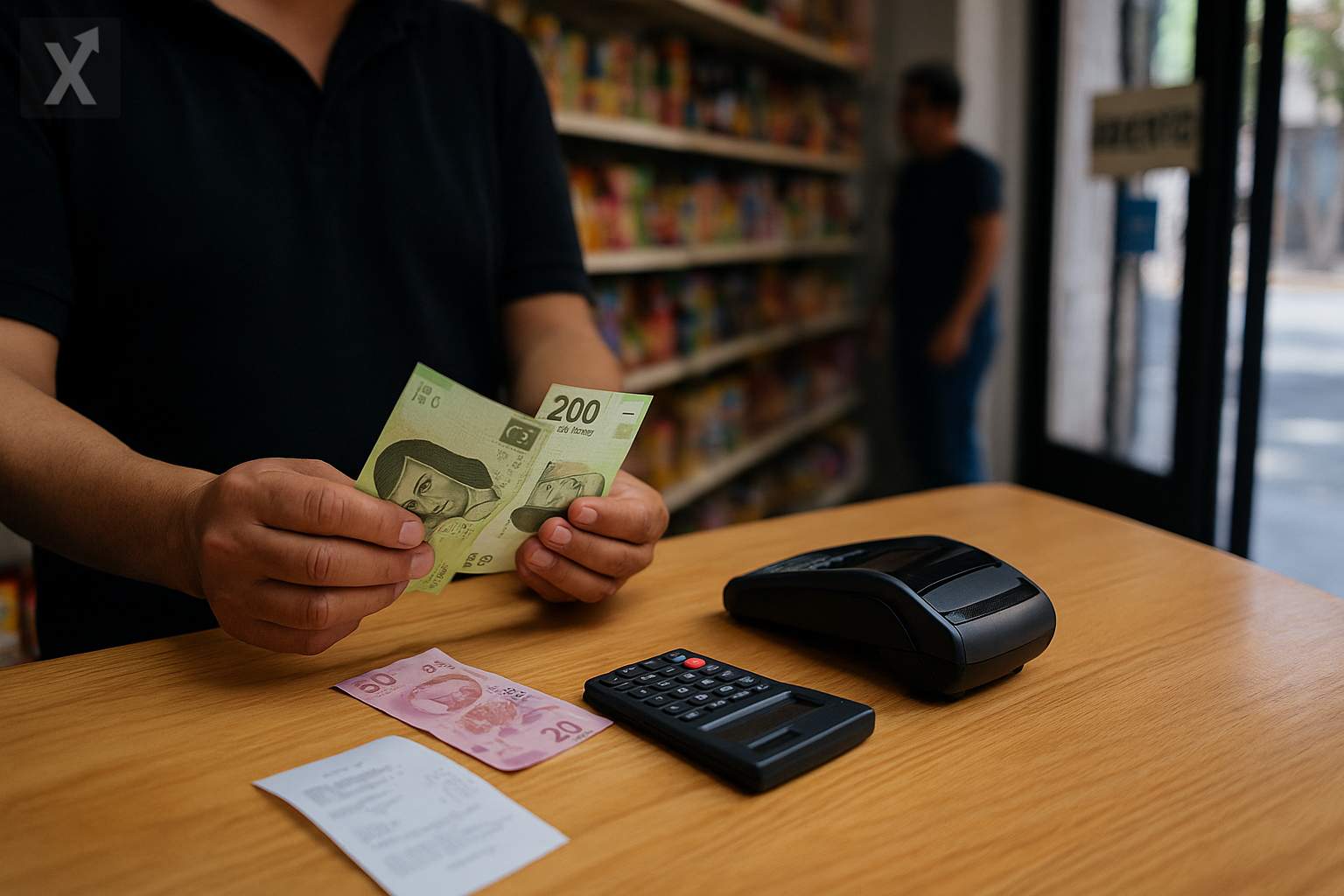Economic Activity in Mexico Shows Signs of Slowing Down in the Second Quarter of 2025

The Mexican economy is facing a significant slowdown, according to the most recent indicators published by the National Institute of Statistics and Geography (Inegi). Revised data for the Global Indicator of Economic Activity (IGAE) for April showed a contraction of 0.3% compared to the previous month, correcting the initial estimate that suggested stagnation. For May, preliminary estimates point to marginal monthly growth of just 0.1%, although with a year-over-year decline of 0.3%.
This economic cooling is taking place in an environment of persistent weakness in the secondary (industrial) and tertiary (services and trade) sectors, which together comprise the largest share of the nation’s gross domestic product (GDP). Since late 2024 and the beginning of 2025, both of these groups have shown signs of exhaustion, setting the pace for the current slowdown.
Analysts from various financial institutions, including Monex and Banco Base, agree that the Mexican economy has been fragile during the first half of 2025. If the current trend continues and assuming zero growth in June, the GDP’s increase for the first half of the year would reach just 0.44%, representing the lowest first-semester growth rate since 2020, when the economy was severely affected by the COVID-19 pandemic.
The slowdown is also evident in the manufacturing sector, particularly in establishments operating under the IMMEX program, which is significant due to its share in exports and job creation in key northern regions of the country. In April, employment in these establishments fell by 0.81% compared to March, marking the fourth consecutive monthly decline. On a yearly basis, employment dropped by 1.80%, the lowest figure recorded since August 2024, highlighting ongoing challenges for this critical part of the economy.
External factors, such as the slowdown in the United States—Mexico’s main trading partner—high interest rates, and a volatile international environment, have diminished the demand for Mexican goods and services. Domestically, persistently high interest rates aimed at containing inflation, along with uncertainty over public policies, have cooled both public and private investment.
Outlooks for the remainder of 2025 will depend on the productive sector’s ability to adapt, as well as how external conditions evolve. While inflation has begun to ease—potentially paving the way for interest rate cuts—the global environment continues to present risks. The challenges to accelerating growth and, above all, restoring momentum in job creation remain considerable in the short term.
In sum, the latest data confirm a period of weaker economic momentum in Mexico, with particular softness in industry and services. Maintaining macroeconomic stability and bolstering the domestic market will be essential to reversing the trend in the second half of the year.






